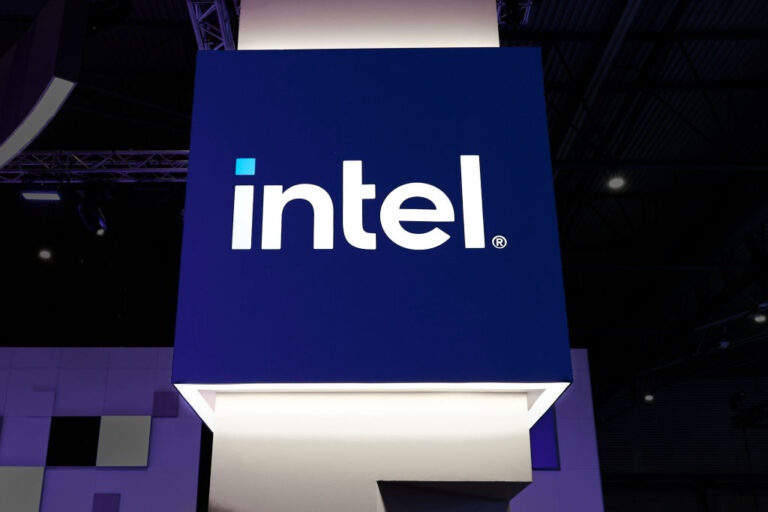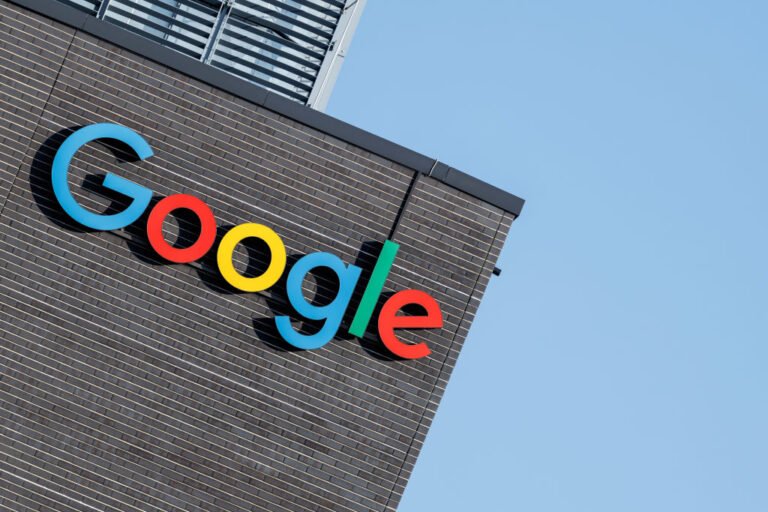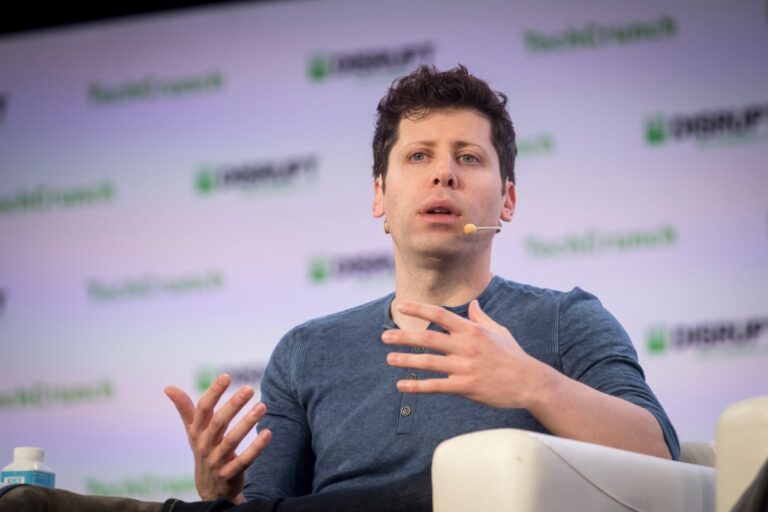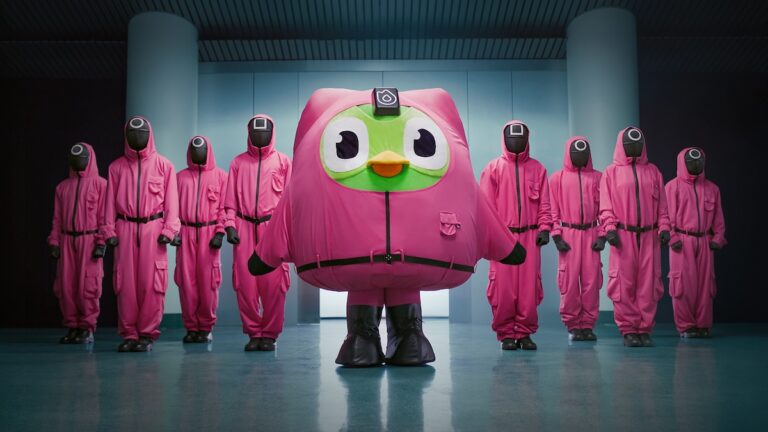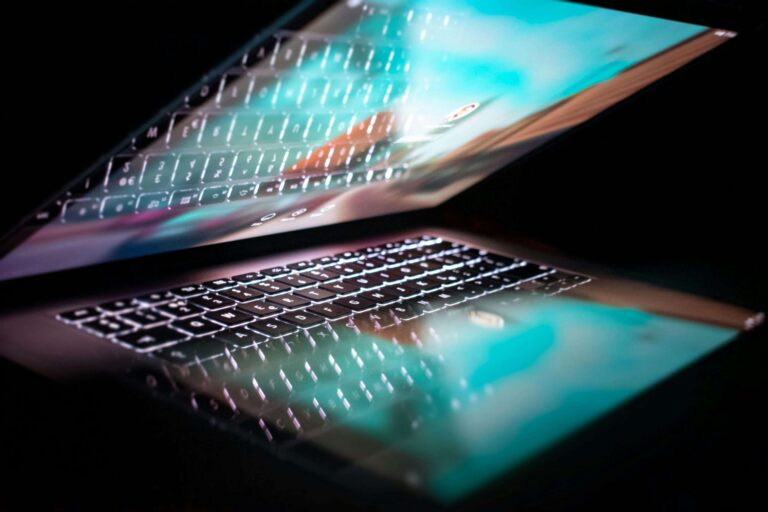Google Unveils Exciting Details of Material 3: The Future of Android’s Design Language!
Google is set to unveil a groundbreaking update to its Android design language during the highly anticipated Google I/O developer conference. This event promises to showcase the evolution of the design system from “Material 3” to “Material Design 3 Expressive.” According to a recently leaked blog post, the updated design will aim to foster emotional connections through innovative interface designs.
What to Expect from Material Design 3 Expressive
The upcoming changes in Material Design 3 Expressive are expected to significantly influence how developers create and customize applications for Android devices. Here are some key highlights:
- Bold Use of Shape and Color: The new system emphasizes vibrant colors and shapes to enhance user experience.
- Emotional Connectivity: The design aims to create interfaces that resonate with users on a deeper emotional level.
- Improved Usability: Research indicates that expressive designs can lead to better user engagement and performance.
- Accessibility for All Ages: The new design approach is intended to make apps easier to use for older adults, promoting inclusivity.
The Evolution of Material Design
First launched in 2014, Material Design is Google’s open-source framework for developing user interfaces across Android applications. The major update known as Material You, introduced in May 2021, allowed users to personalize their devices significantly. For instance, changing the wallpaper would automatically adjust the color scheme across the entire Android interface.
While Material 3 Expressive might not represent a complete overhaul, it is seen as an important iteration that builds upon the concepts of Material You.
Research Insights Behind the Update
The leaked blog post provided insights into the rationale for this update, indicating that users generally prefer designs that are more expressive. Such designs not only attract attention to vital elements and user actions but also contribute to performance improvements for applications.
Moreover, Google emphasized that although expressive design is beneficial, it is not a universal solution. Developers must still adhere to established design patterns and standards when customizing their applications.
What’s Next at Google I/O?
During the Google I/O conference, titled “Build Next-Level UX with Material 3 Expressive,” developers will have the opportunity to learn about the new emotional design patterns that can enhance user engagement and usability. The session will also include the release of files and alpha code, allowing developers to experiment with these updates prior to the public rollout.
For more information about the evolution of design in technology, check out our Technology Design Trends page.
Stay tuned for more updates from the Google I/O conference as the details unfold!


